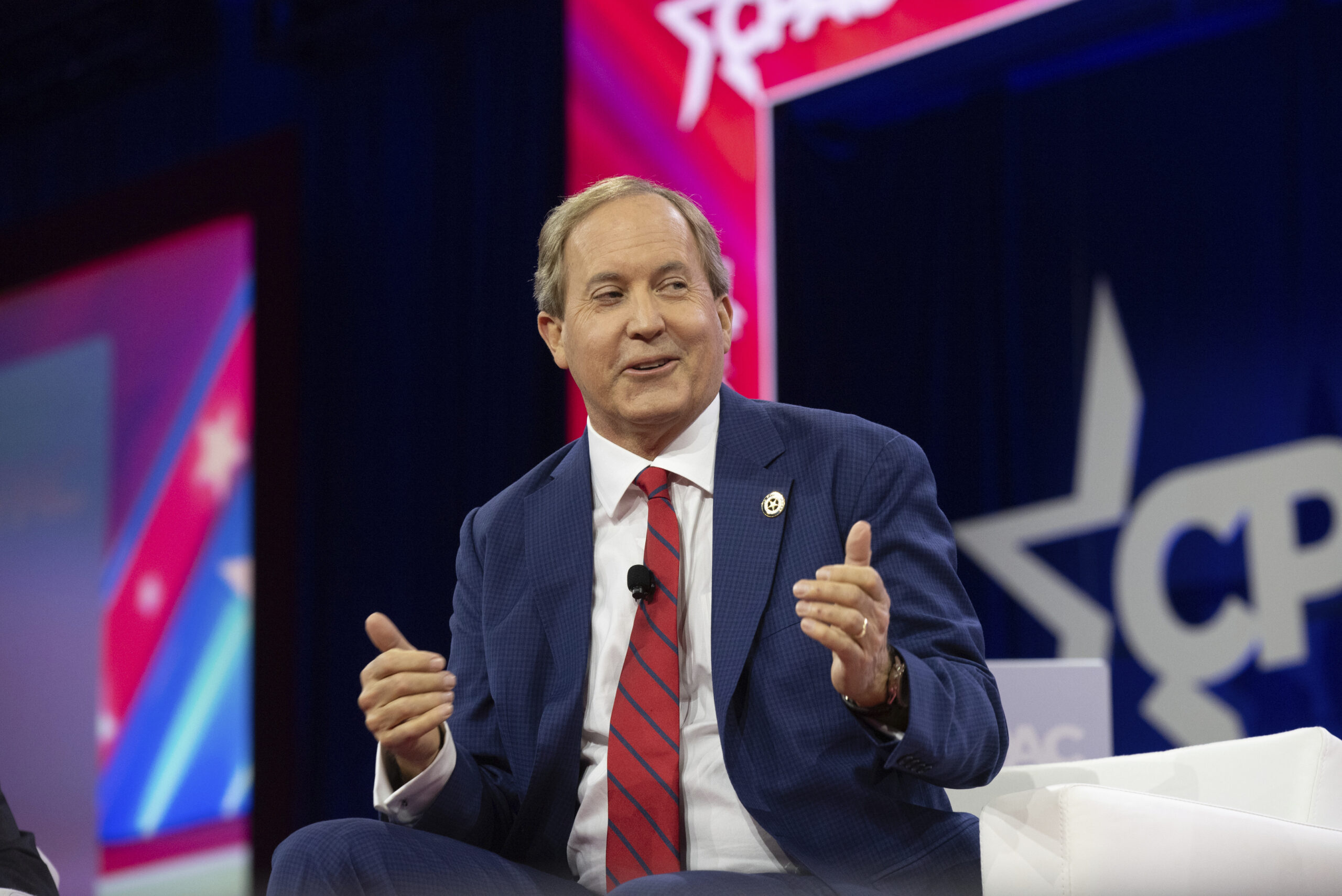
How Chevron Plans to Spend $12 Million in Taxpayer Money

Above: An artist's rendering of the Chevron office tower
In June, Gov. Rick Perry, Lt. Gov. David Dewhurst and Speaker of the House Joe Straus announced that Chevron—one of the world’s largest and most profitable corporations—would be handed a $12 million grant from the state of Texas for building an office tower in downtown Houston. As we wrote at the time, the Chevron subsidy was a perfect example of the problems with the Texas Enterprise Fund and forced the question of whether the company would’ve created the estimated 1,752 jobs anyway. After all, Chevron had telegraphed plans for the office tower site as early as 2008. It had already planned to relocate some employees from San Ramon, California, where the company is headquartered.
At the time, Texas Monthly‘s Paul Burka called for the Texas Enterprise Fund to be scrapped and labeled the Chevron grant “a total waste of public money.”
Regardless of whether the Chevron subsidy is a deal-closing, job-creating incentive or a corporate giveaway, you have to wonder what Chevron—with $240 billion in revenue last year—would do with the $12 million. What were the taxpayers paying for?
Well, now we know. Through state open records law, the Observer obtained a copy of Chevron’s application to the Texas Enterprise Fund. A “project summary” prepared by SumIt Credits, a Louisiana firm working on Chevron’ behalf, asserts that “these incentives are very valuable to Chevron and would help cover project costs as well as employee relocation costs.” Chevron/SumIt specifically lists “costs associated with the relocation of employees,” including all home-selling costs, a week off for house hunting, an expense allowance for as much as $15,0000, travel costs and a bonus.
The application also contains scant justification for the big “but-for” question: Would Chevron have created the jobs in Houston without incentives? “A few business segments already decided to relocate to Houston,” the project summary states. “Chevron continues to evaluate the most competitive organizational structure, including the evaluation of the status quo against the possibility of job relocations.”
So, there you have it. Texas taxpayers are helping to pay for Chevron’s employees moving costs. Welcome to Texas!
***
Here is the full text from the relevant section of the project summary.
Competitive Siting: The U.S. will become the world’s top producer of oil within five years according to a recent report from the International Energy Agency. Chevron will be a big part of this and anticipates significant new jobs over the next 8 years. Chevron is analyzing its options to address its needs and remain competitive in the marketplace. In doing so, Chevron is contemplating the construction of a new facility in Houston, and many factors come into play in maturing this investment decision. Completion of this project would allow Chevron to proactively manage and house the 2,000 – 2,500 estimated new jobs to be created, or relocated, to its Houston urban campus. A final investment decision for construction of this proposed new building is anticipated to occur in the 2nd Quarter of 2014.
A few business segments in San Ramon have already decided to relocate to Houston. Chevron continues to evaluate the most competitive organizational structure, including the evaluation of the status quo against the possibility of job relocations. Many factors come into play in this evaluation including, available & quality of space, economics, costs ramifications and job relocation costs. The costs associated with the relocation of employees include the following, which can be significant:
l. Payment of all normal & customary home selling costs (e.g. 6% Real Estate Commission, Loan costs, etc…)
2. Misc expense allowance equal to 1.5 times one month’s salary (capped at $15,000)
3. Week off for house hunting
4. Interim Living up to 30 days
5. Cost of two trips to and from location
6. Company will provide a guaranteed offer
7 . Bonus of up lo 2% if home sells before guaranteed offer
Any incentives provided for jobs would help mitigate these costs and assist with other costs factored in as each business unit reviews its employee location needs.


